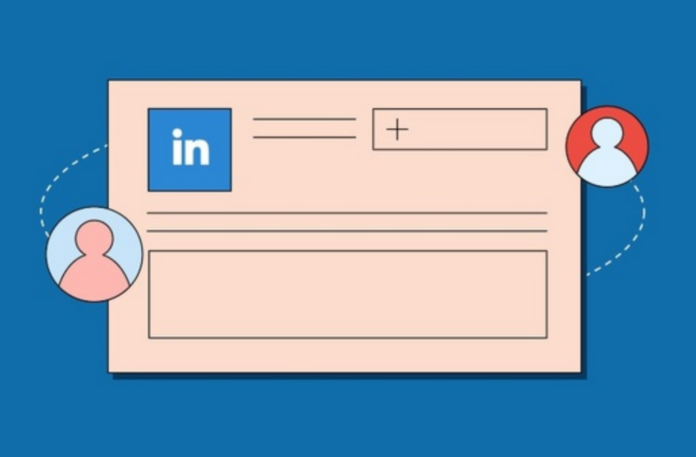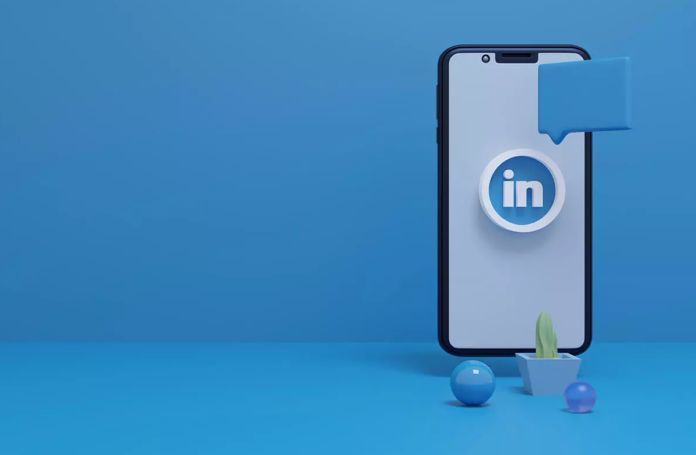In the rapidly evolving landscape of digital marketing, LinkedIn has emerged as a powerhouse for professionals and businesses seeking to connect, engage, and promote their products or services.
With over 700 million users, LinkedIn offers a unique platform for B2B and B2C marketing, and the key to unlocking its full potential lies in strategic ad optimization.
In this article, we’ll delve into the intricacies of LinkedIn ad optimization and explore how you can elevate your advertising game to reach the right audience and achieve your marketing objectives.
Understanding the Power of LinkedIn Advertising

LinkedIn’s advertising platform provides a targeted approach to reach professionals based on their job titles, industries, company sizes, and other relevant demographics.
This specificity enables advertisers to connect with a highly relevant audience, making it an ideal platform for businesses looking to expand their reach within specific niches.
LinkedIn offers various ad formats, including Sponsored Content, Sponsored InMail, and Display Ads. Each format serves a distinct purpose, and choosing the right one depends on your campaign objectives.
Regardless of the format, successful LinkedIn ad campaigns hinge on meticulous optimization to ensure maximum visibility and engagement.
Key Elements of LinkedIn Ad Optimization
Define Clear Objectives
Before diving into LinkedIn ad optimization, it’s crucial to define clear and measurable objectives. Whether you aim to increase brand awareness, generate leads, or drive website traffic, understanding your goals will shape your optimization strategy.
Audience Targeting
LinkedIn’s robust targeting options allow you to define your audience with precision. Leverage criteria such as job title, industry, company size, and even specific LinkedIn groups to ensure your ads are reaching the right professionals.
Regularly refine and update your targeting parameters to adapt to changes in your marketing strategy.
Compelling Ad Copy and Creative

Craft attention-grabbing ad copy and visuals that resonate with your target audience. Highlight the unique selling points of your product or service and consider A/B testing different variations to identify the most effective messaging.
Quality visuals and concise, compelling copy are essential for capturing the audience’s attention in the competitive LinkedIn environment.
Leverage Sponsored Content
Sponsored Content appears in users’ LinkedIn feeds, seamlessly integrating with their professional content consumption. To optimize these ads, ensure that your content aligns with the platform’s best practices.
This includes creating engaging headlines, using high-quality images, and incorporating a clear call-to-action (CTA).
Monitor performance metrics and adjust your content based on audience interactions.
Utilize Conversion Tracking
LinkedIn’s conversion tracking allows you to measure the effectiveness of your ads by tracking specific actions users take after clicking on them.
Set up conversion tracking for key actions, such as form submissions or product purchases, to gain insights into your campaign’s ROI. Analyze the data regularly and make data-driven adjustments to optimize your ad performance.
Budget Allocation
Allocate your budget strategically across different campaigns and ad sets based on their performance. Regularly review the analytics provided by LinkedIn to identify high-performing ads and allocate more budget to those that deliver the best results.
This iterative approach ensures that your budget is directed toward the most effective strategies.
Optimize for Mobile
Given the prevalence of mobile usage, it’s essential to ensure that your ads are optimized for mobile viewing.
LinkedIn’s responsive design ensures that your ads adapt to various screen sizes, but it’s still important to review and optimize your creatives for a seamless mobile experience.
Ad Scheduling

Timing can significantly impact the success of your LinkedIn ads. Use LinkedIn’s ad scheduling feature to display your ads during peak times when your target audience is most active.
Experiment with different schedules and monitor performance to identify the optimal times for reaching your audience.
Monitoring and Iterating for Success
LinkedIn ad optimization is an ongoing process that requires continuous monitoring and iteration.
Regularly review key performance indicators (KPIs) such as click-through rates (CTRs), conversion rates, and engagement metrics. Analyzing this data provides valuable insights into what is working and what needs improvement.
A/B testing is a powerful tool for optimization. Experiment with different ad creatives, copy variations, and audience segments to identify the most effective combinations. Use the insights gained from testing to refine your campaigns and enhance their overall performance.
Conclusion

Strategic LinkedIn ad optimization is the cornerstone of a successful digital marketing strategy on the platform. By defining clear objectives, targeting the right audience, creating compelling ad content, and leveraging the platform’s analytics, businesses can elevate their advertising game and achieve meaningful results.
As the digital landscape continues to evolve, staying attuned to the latest features and best practices on LinkedIn will position your brand for success in reaching and engaging with a professional audience.
Embrace the power of LinkedIn ad optimization to unlock the full potential of this dynamic platform and propel your business to new heights in the digital realm.








